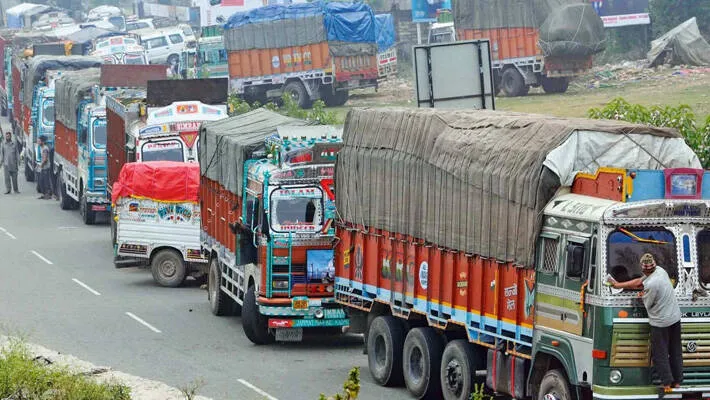

When a nation prospers it is only natural that the cost of living increases in tandem. This has been found to be true in all the countries that had witnessed growth. The main reason for the rise in living cost is inflation in prices of goods and services. Those who live at the bottom of the society is bound to suffer the most. The benefits of financial growth will take years to trickle down to them.
However, for the middle-class the growth in their income will mirror the financial growth of the country and this can hike the sale of automobiles.
In India too, the sale of vehicles is increasing every year. The rise in petrol price and the price of vehicles have not dented the number of vehicles being purchased in India. Houses with more than one car is rising. The rise in the number of vehicles will lead to the roads getting congested with vehicles. This will make commuting on roads very difficult.
In addition, this could make transportation of goods through roadways more costly. This naturally will be reflected in higher prices for these goods making the life of a common man more miserable.
It is to solve this problem that the Central Government has introduced the new National Logistics Policy. This policy will also help in lowering the congestion on the roads.
Currently, 60% of the goods in India is transported across the country using roadways. Only 28% of goods are transported by rail. The new National Logistics Policy seeks to increase the rate of goods transported by rail to 40%. The policy will also look for new waterways in addition to the goods transported by sea.
For making the logistics of goods transport more effective, the new policy will use digital technology and innovative methods.
The National Logistics Policy was launched by Prime Minister, Narendra Modi, at Vigyan Bhawan in Delhi, two days ago.
The logistics cost is 13% - 14% of GDP, currently. The aim of the policy is to bring down this cost to less than 10% in the next five years.
There is a possibility that the policy might face severe criticism. The reason is that in North Indian states most of the goods truck are owned by big business people. They may create troubles for the new policy and also might resort to a national strike. Past incidents have showed that a dent in profits can lead to such protests.
If the transport of goods through roadways are reduced to 30% from the current 60%, the price of goods can be controlled in addition to reducing the rush on Indian roads. The National Logistics Policy brought by the Central Government is good for the common people in the long run.